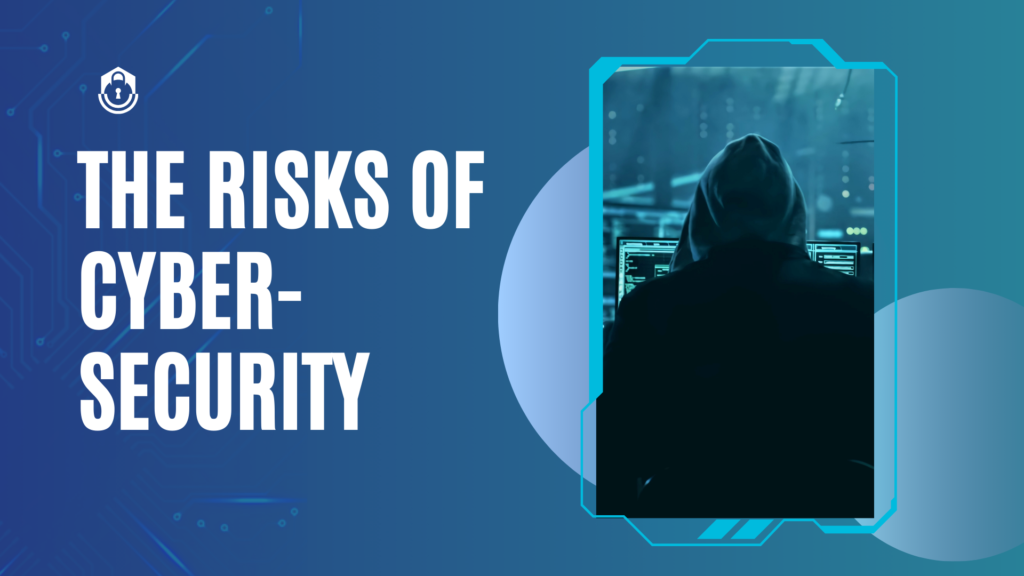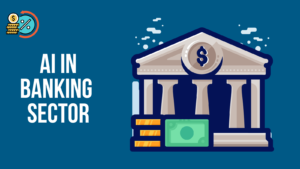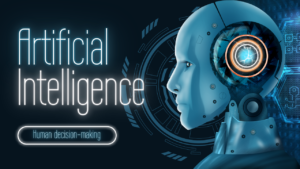
AI has transformed how IT security professionals approach cybersecurity. Advanced AI-driven tools and systems enhance data protection by rapidly identifying behavioral patterns, automating tasks, and detecting anomalies, leading to more effective threat defense.
AI in Cybersecurity
AI-powered cybersecurity systems can monitor, analyze, detect, and respond to cyber threats in real time. By processing vast amounts of data, AI algorithms identify patterns indicative of potential threats and can scan entire networks to uncover vulnerabilities, thereby preventing various types of cyber-attacks.
AI focuses on monitoring and analyzing behavior patterns. By establishing a baseline of normal activity, AI can identify deviations and prevent unauthorized access. Additionally, AI can prioritize risks, detect potential malware and intrusions instantaneously, and address them before they escalate.
When implemented effectively, AI can drive security automation, reducing the manual workload on employees by automating repetitive tasks. This also minimizes the risk of human error by removing manual intervention from critical processes.
The Evolution of AI in Cybersecurity
Since at least the late 1980s, AI has played a significant role in cybersecurity, evolving through several key technological phases:
Initially, security teams relied on rules-based systems that generated alerts based on predefined parameters. By the early 2000s, advancements in machine learning a branch of AI that analyzes and learns from extensive data sets enabled operations teams to monitor typical traffic patterns and user behaviors within an organization, allowing for the detection and response to anomalies.
The latest development in AI is generative AI, which produces new content by learning from existing data structures. This innovation enables security professionals to interact with systems using natural language, facilitating detailed inquiries without needing complex query languages.
However, the use of AI is not limited to security teams. Cyber attackers including nation-state actors, large criminal organizations, and individuals can also exploit AI for their purposes. They may infect AI systems, use AI for impersonation, automate cyberattacks, and leverage it for researching and targeting victims. Additionally, there is a risk of accidentally exposing sensitive information when users enter private data into AI systems.
The importance of AI in cybersecurity
Cybercriminal organizations have already invested in machine learning, automation, and AI to launch large-scale, targeted cyberattacks against organizations. The number of threats and potential for ransomware impacting networks continues to grow.
AI and machine learning is helping security analysts level the playing field by processing massive amounts of data, providing rapid insights based on analysis, and cutting through the noise of daily security alerts and false positives. This drastically improved your team’s efficiency and productivity, giving them an advantage over potential cyber criminals.
The rise of more sophisticated attack vectors
With the rise of more sophisticated attack vectors such as polymorphic malware, scripting, and so called “living-off-the-land” attacks, it has become easier for cybercriminals to bypass traditional, file-scanning-based anti-virus defenses. To protect against this evolution of malware, more modern approaches such as behavior analysis are becoming more popular in cybersecurity. Behavior analysis and detection approaches are powerful, as all malware eventually needs to exhibit malicious behavior in order to succeed. AI, when properly trained, has the capability to monitor, detect, and respond to these malicious behaviors faster than humans alone.
You may be interested in reading: How AI Can Help You Grow Your Business Post-Acquisition
The impact of AI on cybersecurity
AI is playing a transformative role in cybersecurity by enhancing both defensive and offensive strategies. Here is some key ways AI is impacting the field:
1. Threat Detection and Prevention
- Anomaly Detection: AI algorithms can analyze network traffic and user behavior to identify unusual patterns that might indicate a security breach.
- Malware Detection: Machine learning models can identify new and unknown malware by learning from existing threat patterns and behaviors.
- Phishing Detection: AI tools can detect phishing attempts by analyzing email content, sender reputation, and other factors.
2. Incident Response
- Automated Responses: AI can help automate responses to detected threats, such as isolating affected systems or blocking malicious IP addresses.
- Forensic Analysis: AI can assist in analyzing attack vectors and understanding the impact of security breaches more quickly.
3. Vulnerability Management
- Predictive Analytics: AI can predict potential vulnerabilities by analyzing system configurations and historical data, allowing organizations to proactively address weaknesses.
- Patch Management: AI can prioritize patches and updates based on the likelihood of exploitation and the criticality of vulnerabilities.
4. Threat Intelligence
- Data Aggregation: AI can aggregate and analyze vast amounts of data from various sources to provide actionable threat intelligence.
- Trend Analysis: Machine learning models can identify emerging threats and trends by analyzing large datasets from cyber incidents and attacks.
5. Behavioral Analysis
- User Behavior Analytics (UBA): AI can establish baselines for normal user behavior and detect deviations that may indicate insider threats or compromised accounts.
- Entity Behavior Analytics (EBA): Similar to UBA, but focuses on the behavior of network entities (devices, applications) to identify suspicious activities.
6. Security Automation
- Security Orchestration: AI can integrate and automate various security tools and processes, streamlining workflows and improving response times.
- Threat Hunting: AI-driven tools can assist security professionals in proactively searching for potential threats within the network.
7. Predictive Capabilities
- Attack Prediction: AI models can predict potential attack vectors and strategies by analyzing past incidents and current threat landscape.
- Risk Assessment: AI can assess and quantify risks associated with different assets and vulnerabilities, helping prioritize security efforts.
8. Challenges and Considerations
- False Positives: AI systems can generate false positives, which may require human oversight to ensure accuracy.
- Adversarial Attacks: Cybercriminals can use AI to develop more sophisticated attacks, necessitating continuous evolution of defensive measures.
- Bias and Ethics: Ensuring AI systems are free from bias and operate ethically is crucial, especially when dealing with sensitive data.
Overall, AI enhances cybersecurity by enabling faster, more accurate detection and response to threats, but it also introduces new challenges that need to be managed.
The risks of cybersecurity

It’s crucial to keep in mind that AI technology is still developing. AI systems need human involvement not only for training but also to correct any errors the AI might make. These security systems rely on machine learning algorithms that are trained on historical data, which can result in false positives when they encounter unfamiliar threats that don’t match known patterns. Additionally, there is an increasing concern about how hackers might exploit AI to create sophisticated phishing emails and even develop advanced malware. Certainly! Here’s a simplified version of the risks associated with AI in cybersecurity:
1. Errors in Detection
False Alarms: AI might mistakenly flag harmless activities as threats, causing unnecessary alerts and extra work for security teams.
Missed Threats: AI could overlook some real threats, especially if they are new or complex, leaving security gaps.
2. Abuse by Attackers
Tricking AI: Hackers might trick AI systems by feeding them misleading information or using techniques that fool the AI into making mistakes.
AI-Enhanced Attacks: Cybercriminals can use AI to make their attacks more advanced and harder to detect.
3. Bias Issues
Algorithmic Bias: AI might inherit biases from the data it was trained on, leading to unfair or skewed results.
Unequal Protection: Bias in AI can lead to inconsistent security, affecting some areas or people more than others.
4. Privacy Risks
Data Security: AI systems often need access to large amounts of data, which can include sensitive information, raising concerns about how this data is managed and protected.
Monitoring Concerns: Continuous tracking of user behavior can invade privacy, especially if users are not fully aware of or agree to this level of monitoring.
5. Complexity and Over-Reliance
Dependence on AI: Relying too much on AI might reduce human involvement and oversight, which can be problematic if AI makes mistakes.
Difficult to Manage: The complexity of AI systems can make them hard to understand and maintain, potentially leading to security issues if not handled properly.
6. Ethical and Legal Issues
Decision-Making: The way AI makes decisions can be opaque, making it hard to understand or challenge its actions.
Accountability: Figuring out who is responsible for AI-driven decisions and mistakes can be tricky, especially if something goes wrong.
7. Integration Difficulties
Compatibility: Adding AI to existing security systems can be challenging, leading to potential integration issues or gaps in protection.
Cost: Setting up and running AI systems can be expensive and resource-intensive, which may be a barrier for some organizations.
8. Keeping Up with New Threats
Updating AI: AI systems need to be regularly updated to recognize new threats, requiring ongoing effort and resources.
Evolving Threats: New types of attacks might develop faster than AI systems can adapt, necessitating a balance between automated and human defenses.
Addressing these risks involves careful planning, regular updates, and ensuring a mix of AI and human oversight to maintain effective cybersecurity.
Conclusion:
To conclude, cybersecurity, a constantly evolving field, benefits significantly from the integration of artificial intelligence. By enabling faster threat detection, deeper data analysis, and automated incident response, AI greatly enhances organizations’ ability to defend against increasingly sophisticated cyberattacks. However, this technological advancement comes with its own set of challenges, including the need to address biases, ensure data privacy, and guard against new vulnerabilities. In summary, while AI represents a powerful asset in the fight against cyber threats, it must be implemented and monitored with care and responsibility.





